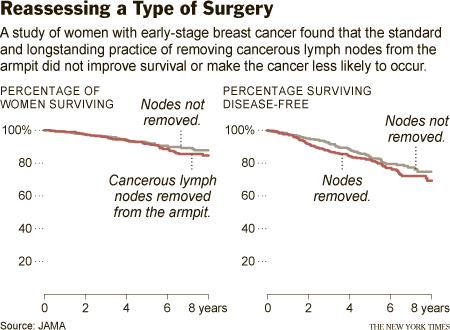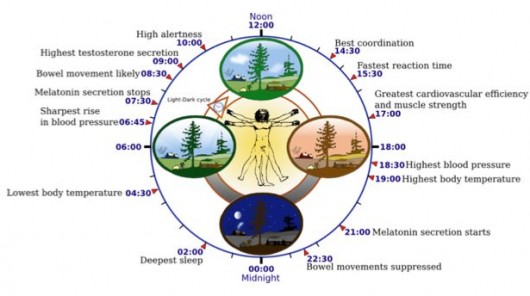
A study found those who drank diet pop every day had a 61 per cent higher chance of a heart attack or stroke than those who abstained from fizzy drinks
Sugar-free fizzy drinks could lead to a greater risk of a heart attack or stroke, research revealed today.
The study of more than 2,500 people found that those who consumed diet drinks every day had a 61 per cent higher chance of experiencing vascular problems than those who did not have any kind of carbonated drink.
Hannah Gardener, who led the study, said: 'If our results are confirmed with future studies, then it would suggest that diet soda may not be the optimal substitute for sugar-sweetened beverages for protection against vascular outcomes.'
The research, presented at the American Stroke Association's international stroke conference in Los Angeles, was carried out by the University of Miami.
The 2,564 participants had to state whether they drank diet fizzy drinks, regular fizzy drinks, a mixture of the two or none at all.
Researchers said the survey did not include data on the types of diet and regular drinks consumed however, which could have given further information on how drinking different brands affected participants.
Dr Gardener, an epidemiologist at the University of Miami Miller School of Medicine, said
further studies would have to be carried out to explore how consuming diet drinks potentially raised the risk of vascular problems.











Comment: For more information about how toxic chemicals like petrol can be harmful to human health read The Day the Water Died: Detoxing after the Gulf Oil Spill.
From the article: